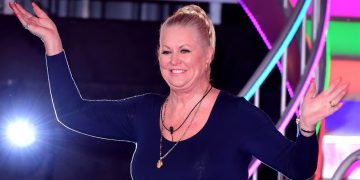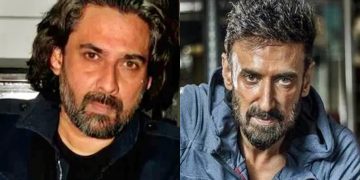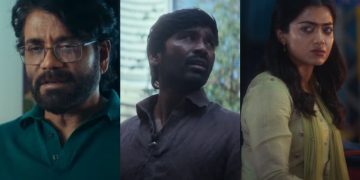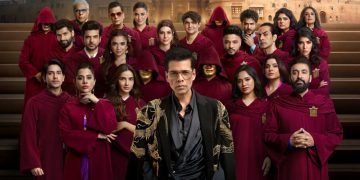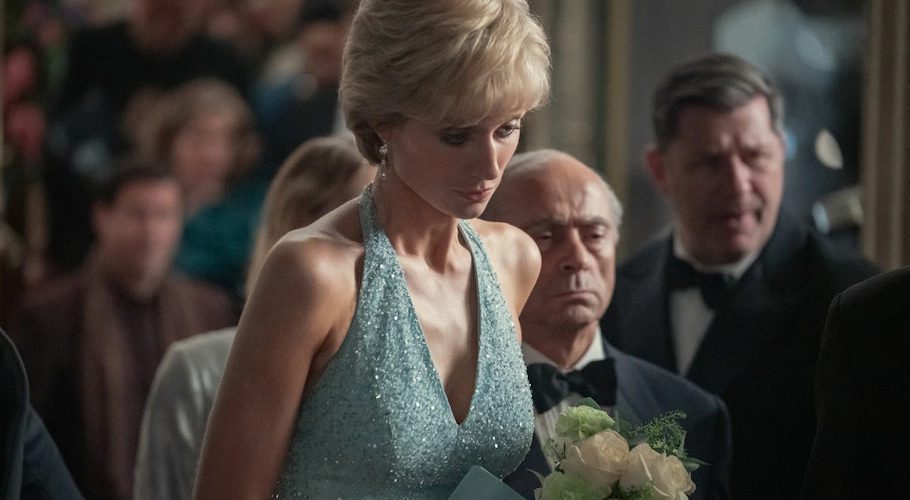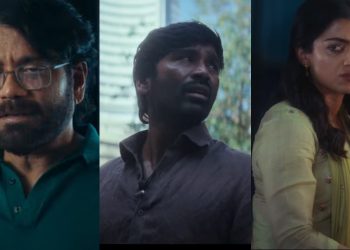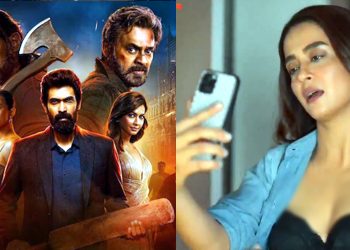In the sixth and final season of “The Crown,” the series’ writer and creator, Peter Morgan, revisits his origins. Unlike the initial season, which commenced with Princess Elizabeth’s 1947 wedding to Prince Philip, Morgan’s journey with “The Crown” began a decade earlier in 2006 with the film “The Queen.” This film, also written by Morgan, directed by Stephen Frears, and starring Helen Mirren, delved into the aftermath of Princess Diana’s tragic death in 1997 during a stay in Paris.
“The Queen” portrayed the nation’s collective mourning for Diana, emphasizing the public’s discontent with the Queen’s initial distant response. Morgan presented the Queen’s adherence to protocol as a crucial aspect of constitutional monarchy, highlighting the precarious balance between tradition and public sentiment. The film also marked Morgan’s innovative approach, depicting the events from the Queen’s perspective, a viewpoint unexplored until then.

Fast forward to the latest season of “The Crown,” and Morgan shifts the focus from the Queen to the compelling figure of Diana during her final weeks in 1997. Portrayed by Elizabeth Debicki, this season captures Diana’s transformation from a future queen to an unusually elevated ordinary citizen. The narrative unfolds against the backdrop of glamorous locations like St. Tropez, portraying a stark contrast to the traditional Balmoral setting.
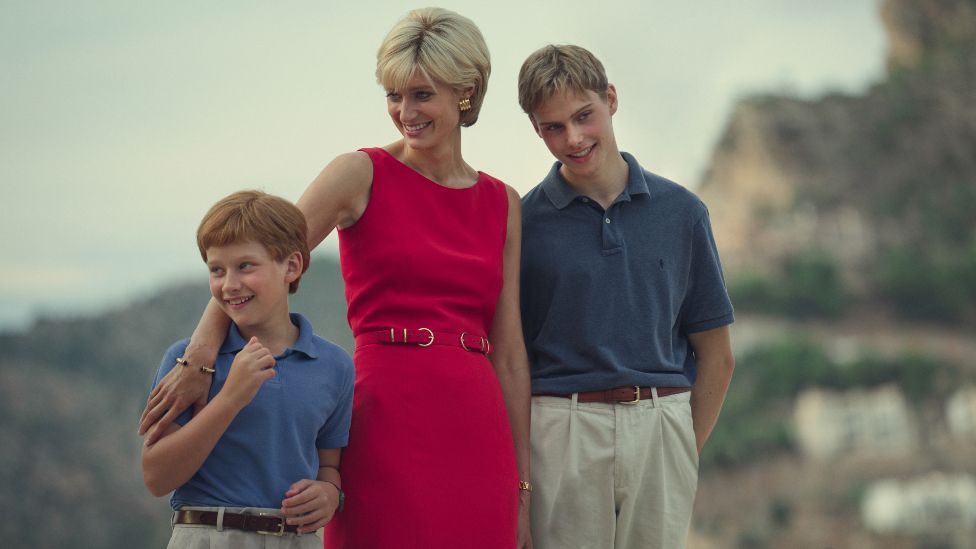
In the earlier seasons, “The Crown” depicted Diana’s struggles, including her battle with bulimia. Season 5 added complexity to her character, presenting a more manipulative side as she strategically navigated her public image amid her separation from Prince Charles. However, in Season 6, Diana is portrayed with a sense of sadness, regret, and forgiveness, particularly in the episodes leading up to her tragic death.
The depiction of Diana’s final weeks is poignant, illustrating the escalating frenzy surrounding her. The portrayal includes not only the invasive paparazzi but also betrayals from trusted individuals, such as Mohamed Al-Fayed, weaving a complex narrative. The season delves into Diana’s conversations with Dodi Fayed, shedding light on their shared experiences of familial challenges.
The representation of Diana’s car crash and its aftermath is handled delicately by Morgan, providing a more intimate view compared to the earlier portrayal in 2006. The season explores Prince Charles’s grief and the evolving expectations of emotional openness within the royal family.
As the series concludes with Diana’s death, Morgan takes artistic liberties, prompting viewers to witness a creative interpretation of events. The narrative extends beyond the historical timeline, showcasing the enduring public interest in Diana’s legacy. In the finale, the global response to Diana’s funeral is highlighted, emphasizing the ongoing fascination with her life, even more than two decades after her passing.
Overall, “The Crown’s” final season offers a nuanced portrayal of Diana, capturing the complexities of her character and the enduring impact of her legacy on the public’s imagination.


